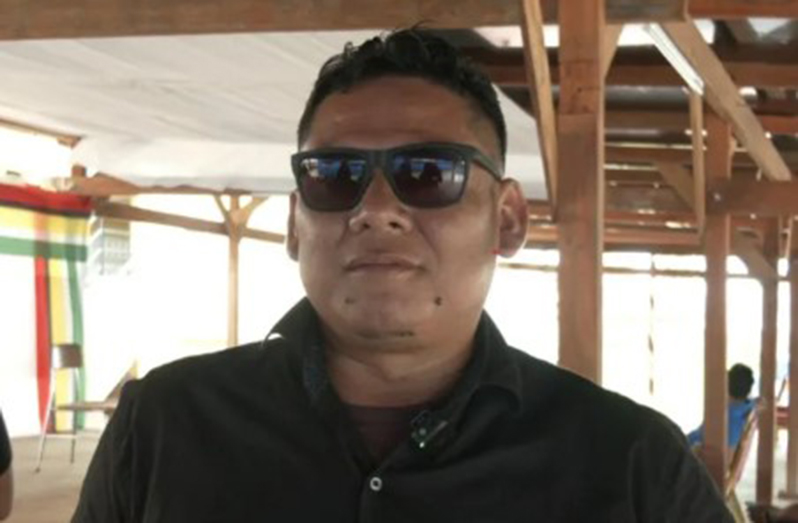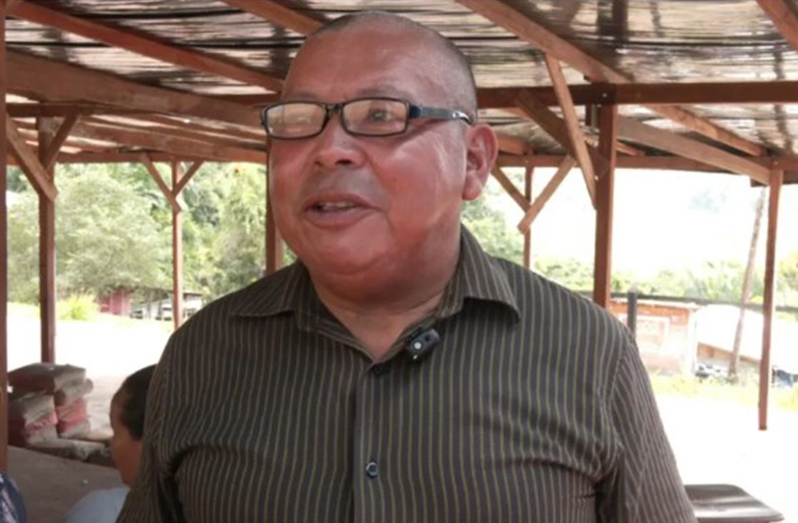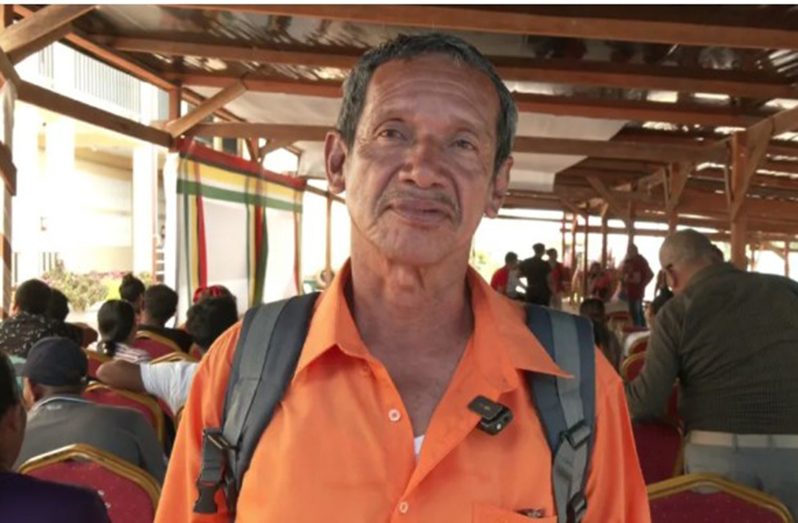VILLAGE leaders, educators, religious leaders and members of civil society in Region One (Barima-Waini) were on Friday engaged on the principle of restorative justice and the critical role they can play in its integration with Guyana’s legal system.
A sensitisation session was held at the North West Secondary School, led by Attorney General and Minister of Legal Affairs, Anil Nandlall, SC, and the Director of the Restorative Justice Center, William Orrin Boston.

Restorative justice is an alternative approach to justice that sees the involvement of the victim, the offender and the community.
The three-pronged measure seeks to ascertain the harm caused, underlying circumstances that led to the offense, as well as decide on adequate correctional actions.
The attendees expressed enthusiasm at the government’s plan to implement the doctrine nationwide, and an eagerness to take this knowledge into their communities.
Toshao of Hotoquai village, Carson Thomas explained that the concept is new to him, but he believes that it will go a long way in improving community relations.
“I was happy to come to this meeting to learn about how to keep the community in order and I will try to work with them to [implement] restorative justice,”
Chairperson of Barabina Hill, Andres Prince lauded the programme as a more efficient way of addressing petty crimes when compared to the tedious court process.
“It would be less burden on the magistrates and the court system. It will help us tremendously because some young people go to jail for minor offences. Sometimes they can’t express themselves properly in the court,” he said. Prince, who is also a teacher, said that in cases like these the familiarity of a fellow community member would make these offenders more inclined to express themselves so that the root of the issue can be addressed.
He added, “Dealing with that at the community level would be better. I can even use it in the classroom.”
Toshao of Hobodeia village, Reynold Hudson echoed these sentiments. He told the Department of Public Information (DPI) that addressing the root cause of these petty crimes is exactly what is needed to reduce recidivism rates and relieve the burdens on the court.

“You could send them to prison, but the issue would still be there. So the question is how we can address it to avoid these crimes from reoccurring?” Hudson reasoned, adding that restorative justice is the answer.
“I believe in education, and I think that if we educate these persons on their behaviour and give them a second chance in life, they would be able to correct themselves,” he said.
Hudson, like many other community leaders present, was eager to sign up for the training sessions, which will be conducted at a later date.
AG Nandlall said that more than 70 per cent of the cases presented at the Mabaruma Magistrate’s Court are petty offenses that can be dealt with at the community level.
“That is the important role that you can play in the criminal justice system, where you can help in the disposal of 70 per cent or more of the case load at the Mabaruma magistrate’s court, or at Port Kaituma magistrate’s court in this region. What that means is that you will play a very crucial role in your community and in the criminal justice system,” he said.
He explained that the doctrine only applies to minor, non-violent offenses that carry a penalty of three years or less.
To date, more than 400 persons have been trained in restorative justice. The training sessions included magistrates, Amerindian village leaders, prison and probation officers, educators, and members of civil society. (DPI)



.jpg)









